“It is a scientific fact that the occasional contemplation of natural scenes of an impressive character, particularly if this contemplation occurs in connection with relief from ordinary cares, change of air and change of habits, is favorable to the health and vigor of men.”
– Frederick Law Olmsted*
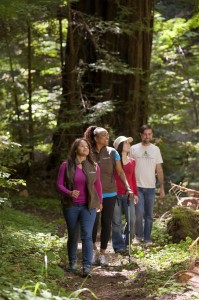
In 2014, I participated in a Parks Forward Commission Work Group meeting focused on the intersection of parks and public health issues. The meeting brought together parks partners, medical and public health practitioners, and the public. We heard from the health experts and discussed the incredible power of parks to benefit physical and mental health.
Landscape architect Frederick Law Olmsted recognized the salubrious value of nature a century ago and, today, we have evidence aplenty to suggest that our environment and health are interactive. We know that spending active time outdoors in our parks and open spaces can be a significant part of the prevention and treatment of a range of ailments, from anxiety to obesity.
People consistently report lower stress and increased well-being after spending time outdoors;** and our parks provide clean air and water, and places to exercise and unwind. Imagine the way you feel after just a day in the redwood forest: calm and refreshed, satisfyingly tired, relaxed and happy. From our wild forests to our neighborhood parks, these places are good for us, body and soul.
Fortunately, the future is starting to look greener and healthier already. For example, in November 2013, the American Public Health Association adopted a new policy statement on nature, health and wellness. The statement officially recognizes that people of all ages and abilities have better health and well-being outcomes when they have nature nearby, and goes on to emphasize the need for increased access and use of green, open outdoor spaces for public health.
That same year, the Institute at the Golden Gate and the National Recreation and Parks Association, with support from the National Park Service, gathered a group of park agencies, healthcare providers, and community organizations and created the National ParkRx Initiative to support Park Prescription programs.
At the meeting, we planned to create stronger and more active partnerships between parks and health workers, to benefit the communities we all serve. A coordinated effort to promote parks and public health could do a great deal to improve our well-being (not to mention the economic benefits of lowered treatment costs). I’m thrilled to work at leveraging the power of our protected green spaces to benefit the health and happiness of us all.
Have you noticed any mental or physical health benefits from spending time outdoors? Please share your story below!

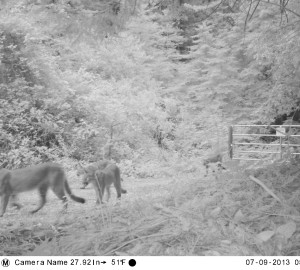
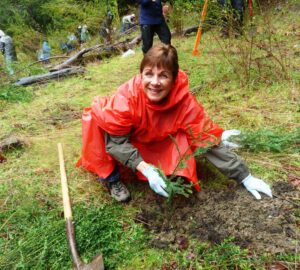
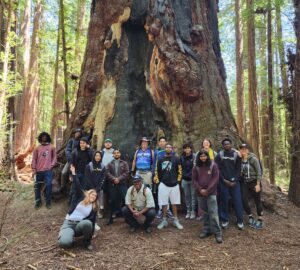
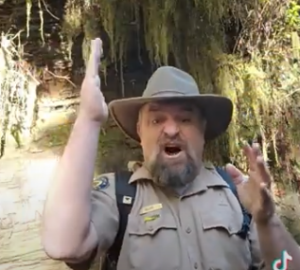
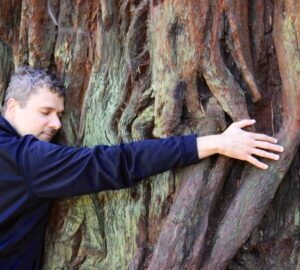
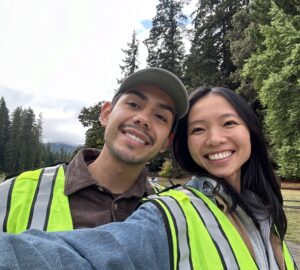
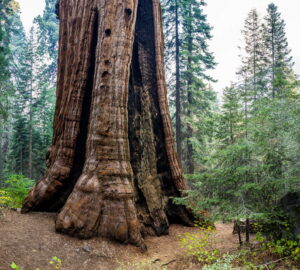
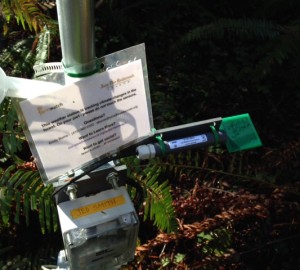

2 Responses to “A Prescription for Parks”
Sam Hodder
Kendra,
Thank you so much for sharing how the redwoods have such a wonderful place in your family’s life. We know about studies demonstrating the positive impact of nature on kids’ development. Nature reduces anxiety, enhances concentration at school, improves confidence, and has a general calming effect. Hearing about your son brings it into much better focus. We are all so lucky that these places have been saved and that we are able to share their experience with our kids. Thank you for sharing your experience with us!
Sam
Kendra
There is no doubt that these places are a treasure to our health and future wellness. I have a preschooler with autism and when he’s surrounded by these gentle giants and winding trails he feels calm, confident and engaged. His stereotypical autistic behaviors melt away and his language emerges. A hike in the Redwoods helps him settle his mind and body and I’m forever grateful that we have access to them. Thank you for all you do to preserve these sacred places.